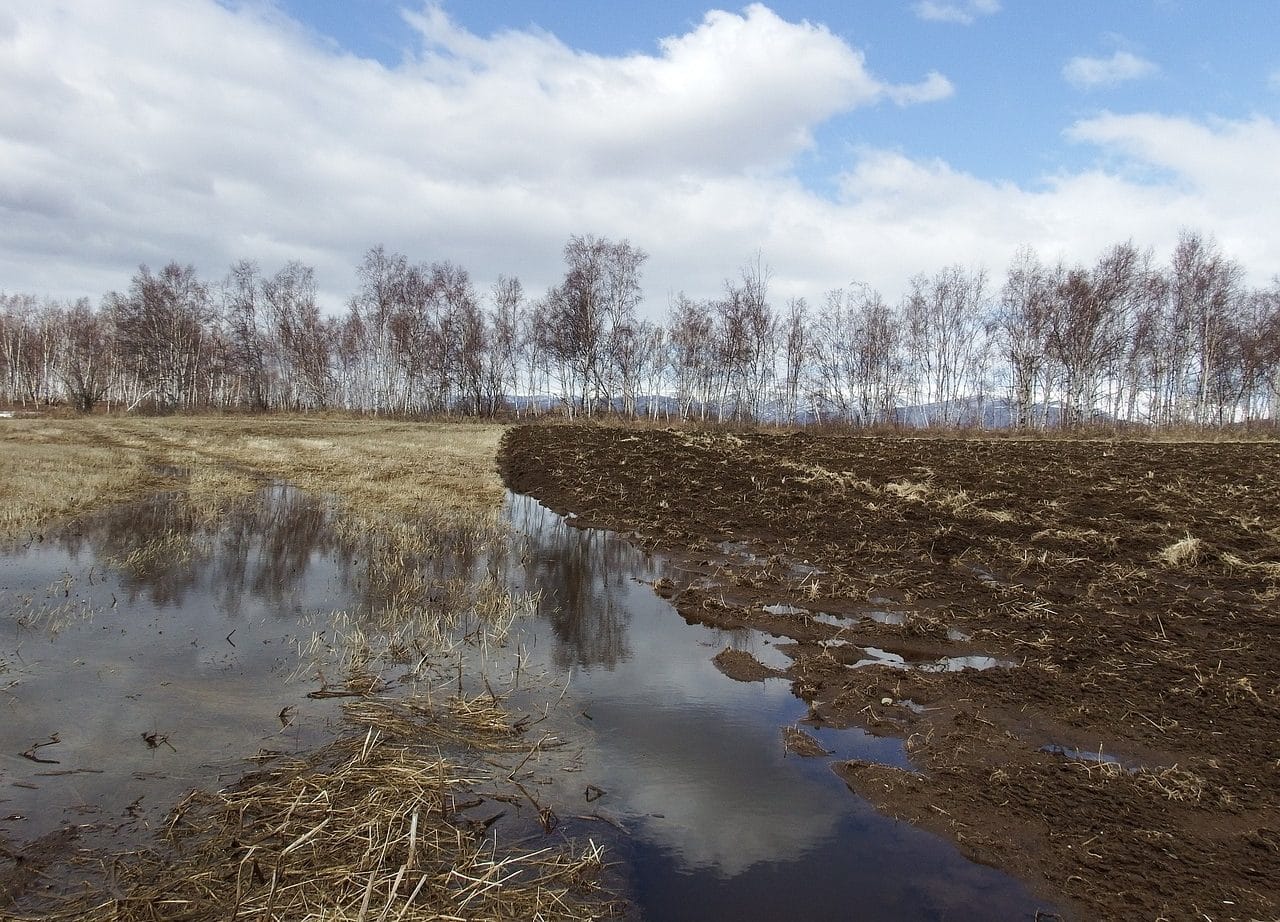
Fallow is land that is intended for cultivation but is not planted for more than a year so that it can recover its optimal conditions.
Fallow is a notion originating from the Latin term vervactum that allows us to name the land intended for cultivation but that is not planted for more than a year with the aim of recovering its best conditions.
Fallowing is the result of the action of fallow , which consists of plowing the soil without sowing it so that it can rest . The purpose of fallow is to avoid overexploitation of the natural resource .
The native populations of the American continent already resorted to fallow in ancient times. On the European continent the technique began to become popular in the Middle Ages .
Fallow characteristics
Through fallow, the cycles of cultivation and rest are combined. In this way it is sought that the soil does not lose its qualities. Generally, during fallow the land is plowed but not cultivated. This allows you to eliminate weeds (which are used as fertilizer) and increase the humidity of the soil , favoring the recovery of minerals that are lost with the crop.
It is important to highlight that the fallow land is not left abandoned or inactive, but is subjected to different tasks that serve to help it recover its nutrients so that it is possible to plant on it during the following season. There is, on the other hand, the concept of stubble , which does refer to the plot of land that is not worked in any way between two specific harvests.

During fallow it is common for the land to be plowed but not cultivated.
Classification according to type
Broadly speaking, it is possible to distinguish between two types of fallows, long and short : in the first group are those that contemplate a long period of time between one crop and another, so that the land can fully recover; short fallow, on the other hand, does not exceed two years of rest , which is why the land cannot regenerate one hundred percent.
This classification is associated with certain names that are part of farmers ' jargon. For example: if we talk about fallow year and time , we are referring to the one that allows the land to rest for a year; Third fallow , on the other hand, is one in which two years of rest are contemplated for each year of cultivation.
In addition to the time the land is allowed to rest, there is the way in which fallow is applied, and this gives rise to a new classification. Herbaceous fallow is that which consists of abandoning the land completely, that is, not maintaining it in any way while allowing it to rest (which is previously described as stubble ); tilled fallow is just the opposite.
You can also talk about seeded fallow , if something is planted during the process (which can include legume species such as yeros, vetch, chickpeas or lentils, which help enrich the soil), or white fallow , if it is not planted. nothing.
Fallow today
Currently, fallow is not practiced in most agro-industrial farms since the aim is to obtain constant profits, regardless of the destruction of the soil ; One of the few exceptions is extensive agriculture , which usually practices fallow along with crop rotation systems.
On the other hand, indigenous populations usually maintain fallow to balance the use of natural resources and minimize the pressure exerted on the land.
Other uses of the term
The expression "signing fallow" , on the other hand, refers to signing something without reading or examining it . For example : "The lawyer made me sign the contract fallow."
Lastly, fallow is also called the soft brown color that is associated with the color of the fallow land.
